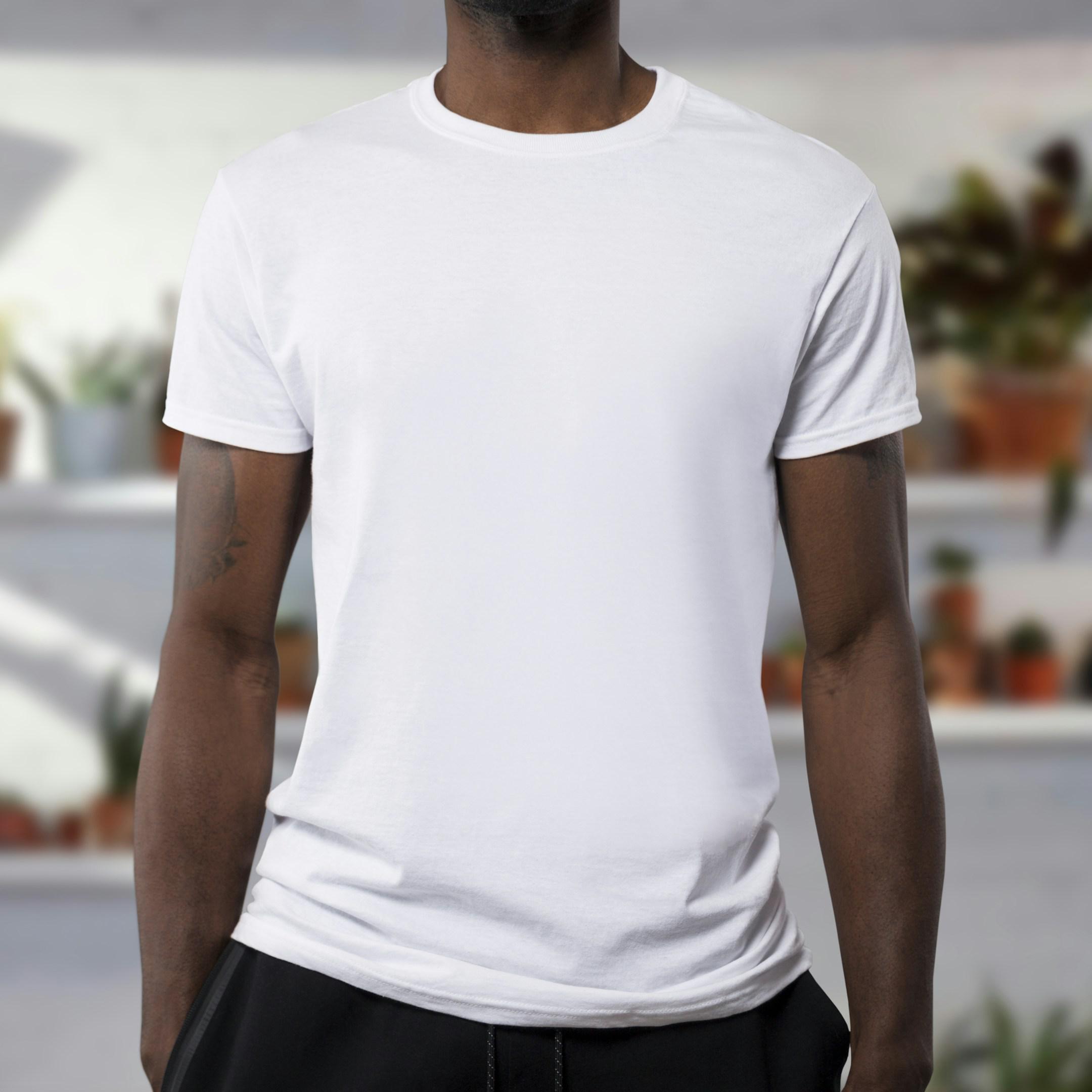How to Turn Your Art into Wearable Masterpieces with T-Shirt Screen Printing

In the vibrant art world, transforming your creative vision into something wearable opens up a unique avenue for expression. Screen printing, a popular technique among artists, lets you take your original artwork and turn it into stunning t-shirts showcasing your unique style. This method not only enables you to share your art with a broader audience but also allows you to create pieces that capture attention and spark conversations.
In this blog post, we will discuss what screen printing is and why it’s an excellent choice for artists wanting to craft wearable masterpieces. We’ll provide you with practical tips on designing artwork that translates well onto fabric, ensuring your t-shirts are stylish and functional. Finally, our step-by-step guide will walk you through the process of bringing your artistic vision to life, empowering you to create standout pieces that reflect your personal brand.
Screen printing is a versatile and popular method for transferring designs onto fabric. It involves creating a stencil, or screen, and applying layers of ink onto the material. This technique allows artists to precisely reproduce their designs, making it an ideal choice for turning artwork into wearable masterpieces. One of the significant benefits of screen printing is its ability to produce vibrant colors and sharp details, which can capture the essence of an artist's work. Furthermore, screen printing can be done on various materials, including t-shirts, tote bags, and hoodies, giving artists a wide range of options to showcase their creativity.
Artists can enjoy multiple advantages when choosing screen printing for their apparel. Not only is the process cost-effective for producing bulk quantities, but it also allows for consistent quality across each piece. This consistency can elevate an artist's brand and create a professional image. Additionally, screen printing can accommodate various inks, including water-based and discharge inks, which add unique textures and finishes to the final product.
It is crucial to create a design that captures the essence of your art while ensuring it translates well onto fabric. Start by keeping your designs simple and bold; intricate details may get lost in printing. Aim for a limited color palette that complements your artwork, as too many colors can complicate screen printing. Additionally, consider the placement of your design on the t-shirt. Centered graphics are popular, but off-center designs can make a striking statement. Always visualize how your design will look in the human form, as this helps gauge the balance and flow of the artwork when worn.
When preparing your artwork for screen printing, leverage the digital realm to your advantage. Use graphic design software to create vector images, which ensure your artwork remains crisp and clear at any size. Remember to maintain a high resolution, ideally 300 DPI, to prevent any loss of quality during the printing process. Before finalizing your design, print a sample on paper to understand how it will appear on the fabric. This practice allows you to adjust colors and sizes as needed, ensuring your wearable masterpiece effectively showcases your artistic vision while resonating with the audience.
Transforming your art into wearable masterpieces starts with choosing the right screen printing method that suits your design and budget. Many artists use either manual or automatic screen printing, but for beginners, manual screen printing is a cost-effective way to experiment. First, you need to prepare your artwork by converting it into a digital format and ensuring it meets your printer's specifications. Remember that simpler designs with bold shapes and limited colors yield the best results. Once your design is ready, print it onto a transparent film to create a stencil for your screen.
Next, set up your screen printing station by adequately aligning your screen on a t-shirt, using registration marks if necessary for consistency across multiple shirts. Apply the ink evenly using a squeegee, ensuring that all areas of the design are covered without over-saturating the fabric. After printing, allow the shirts to cure by air drying or using a heat source to set the ink properly. Don’t forget to test your printed t-shirt for quality by washing it and checking for any fading or peeling. With practice, you'll refine your technique and turn your unique artwork into statement pieces that you and others will love to wear.
For the best custom screen-printed shirts, choose Four Seasons Screen Printing. Contact us today; we can’t wait to hear from you!